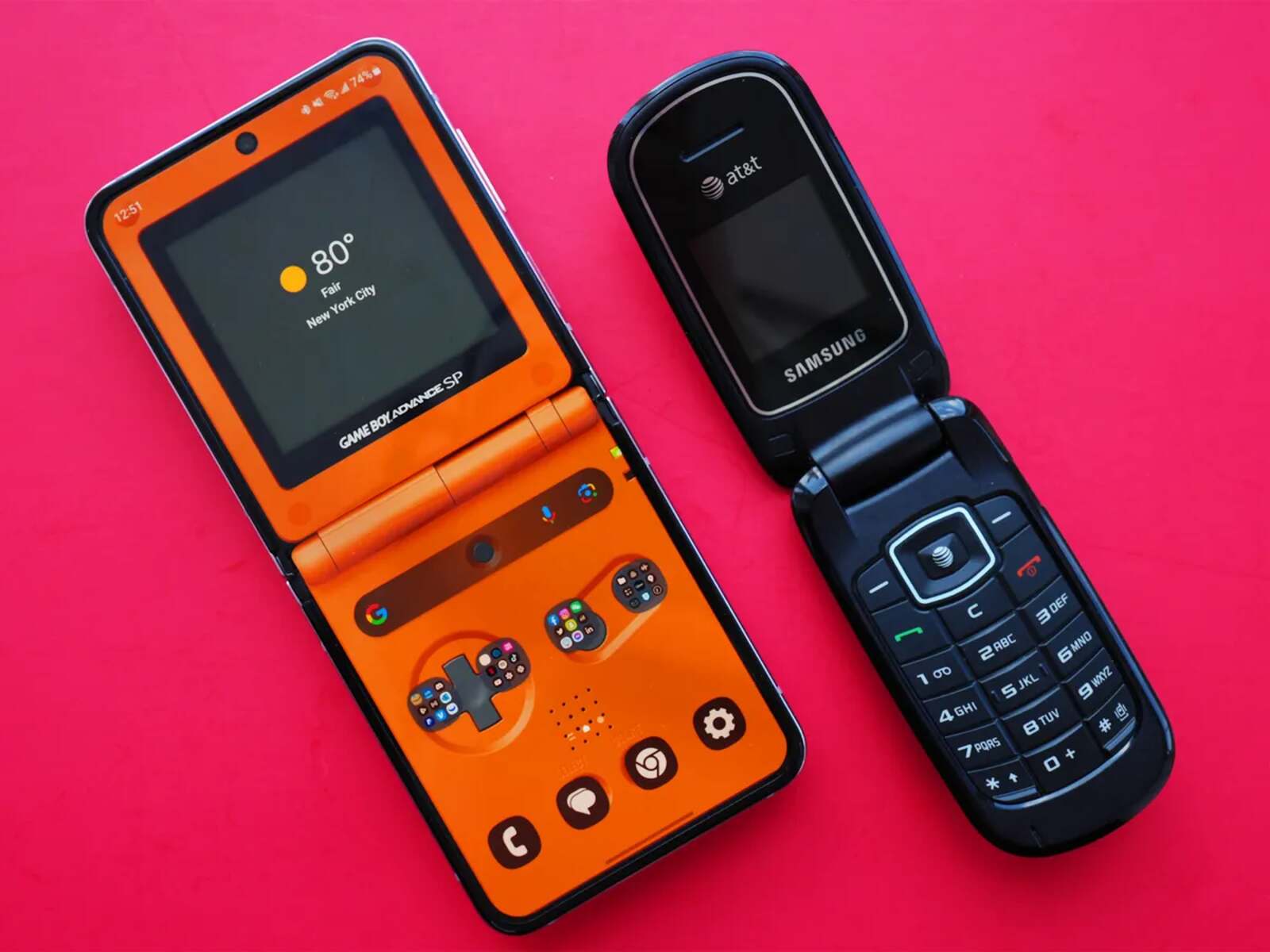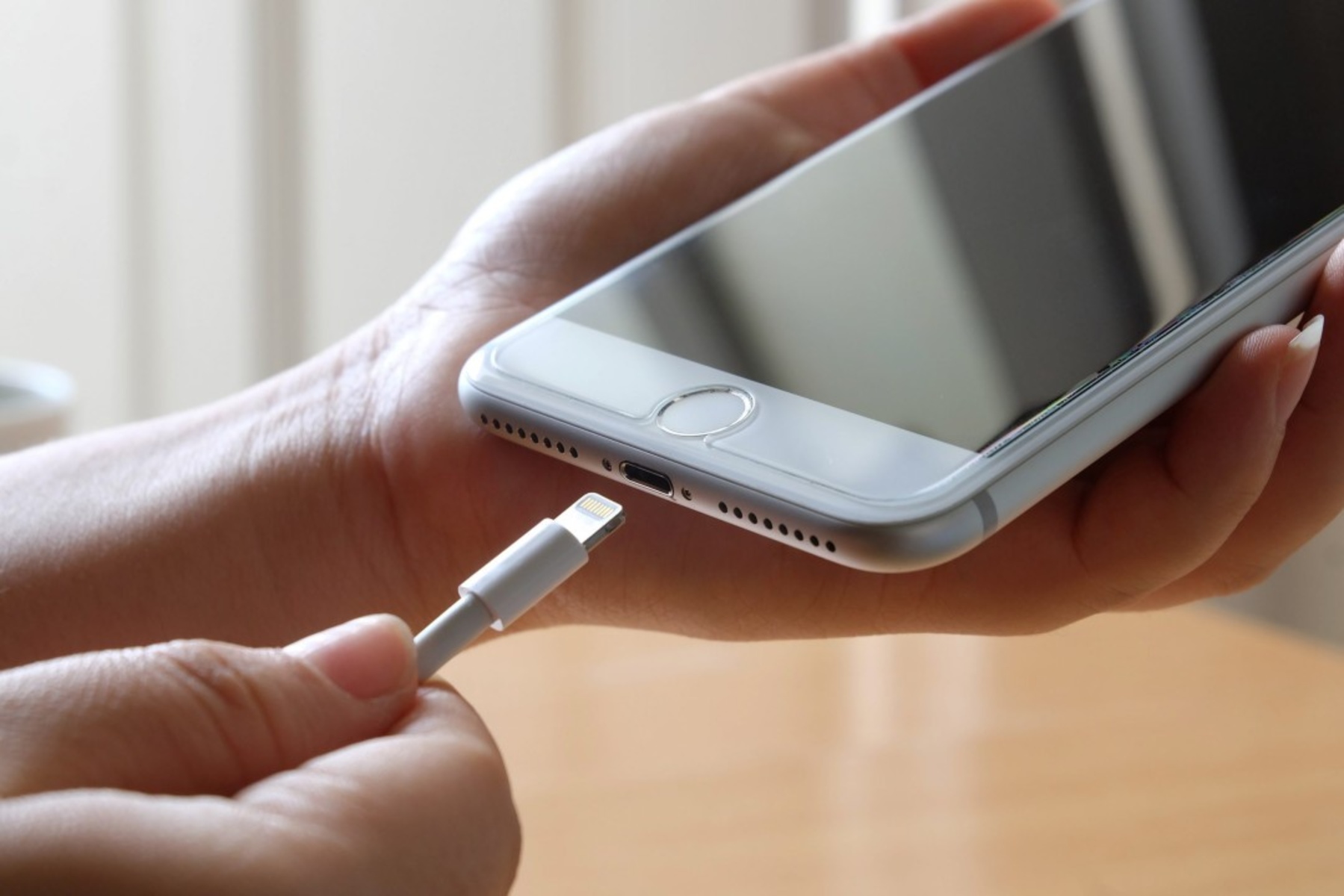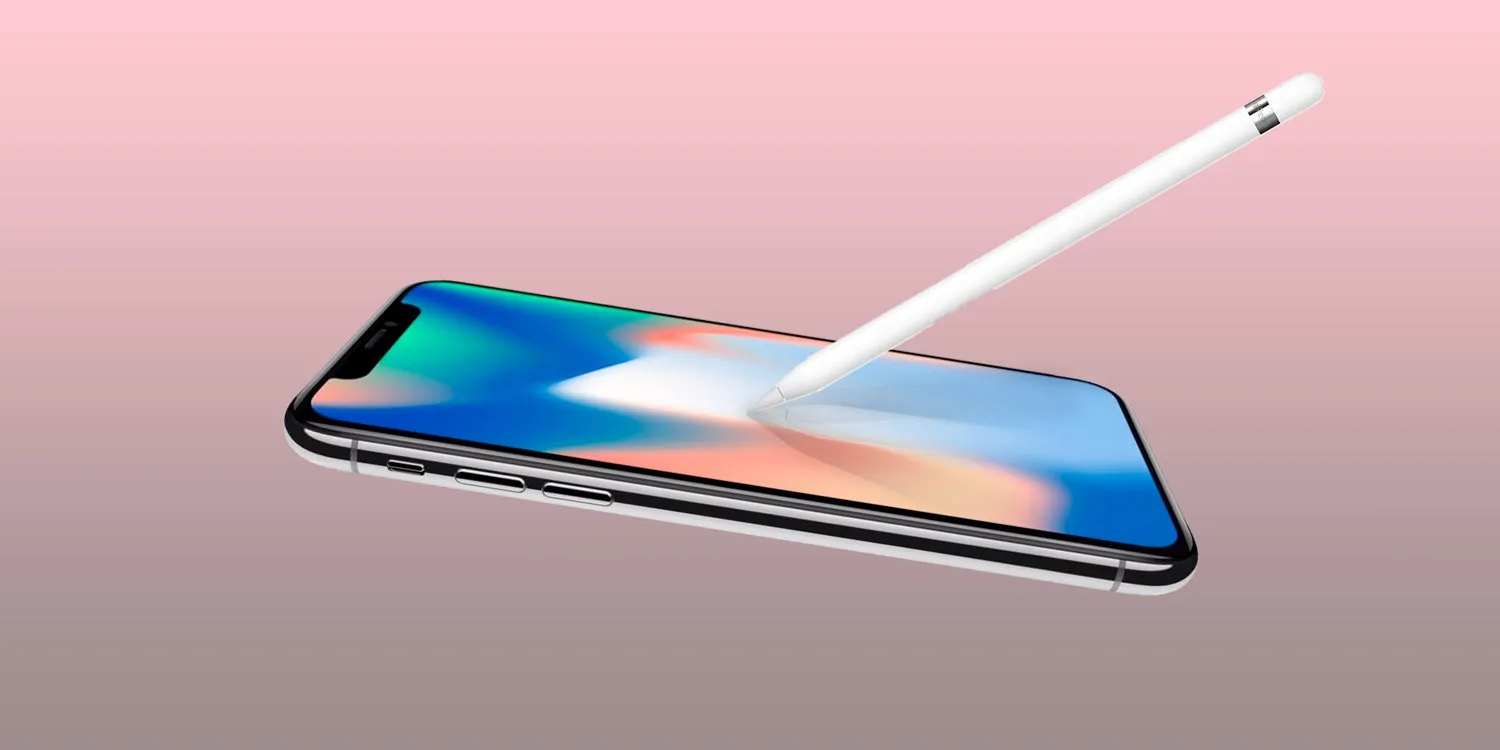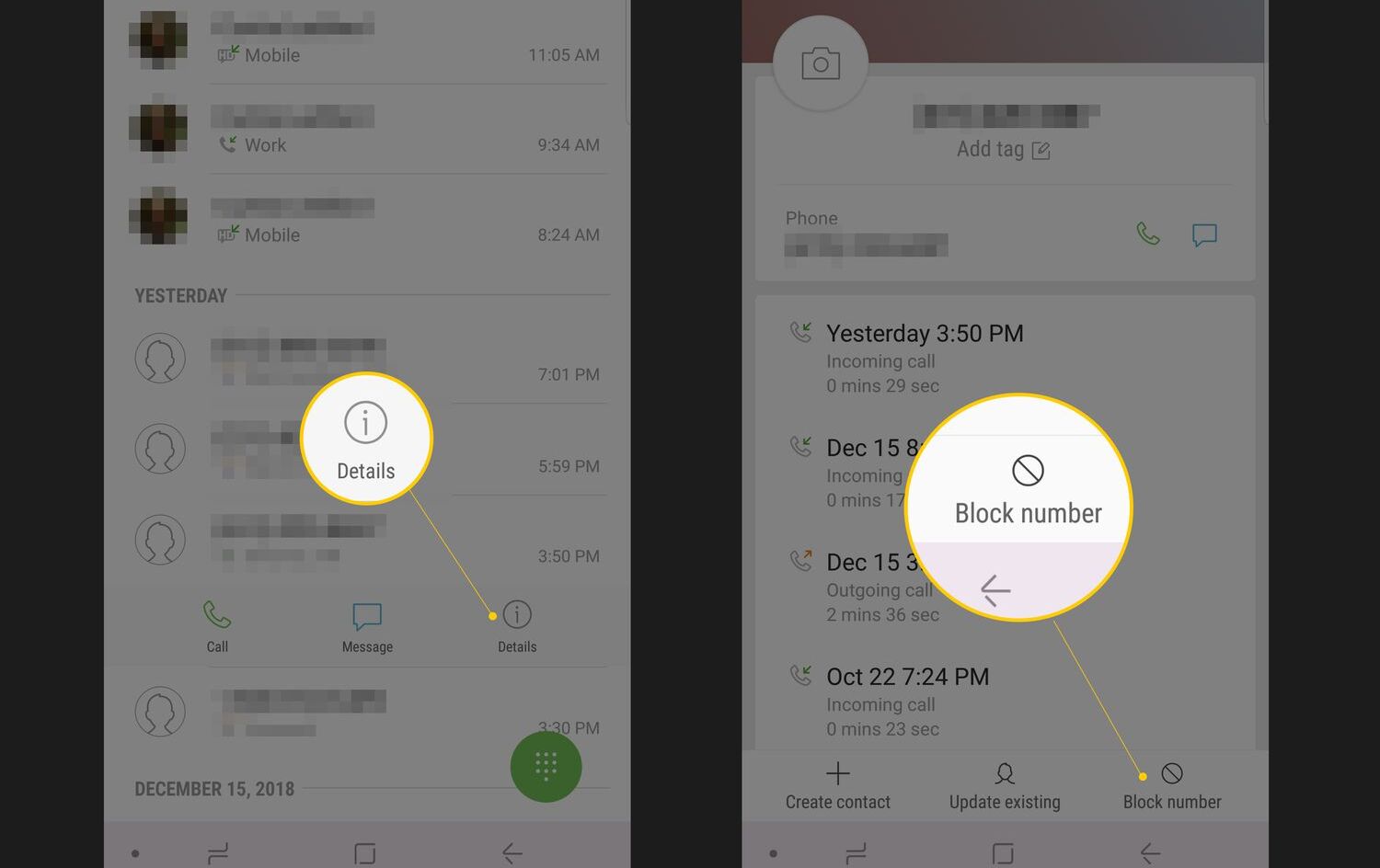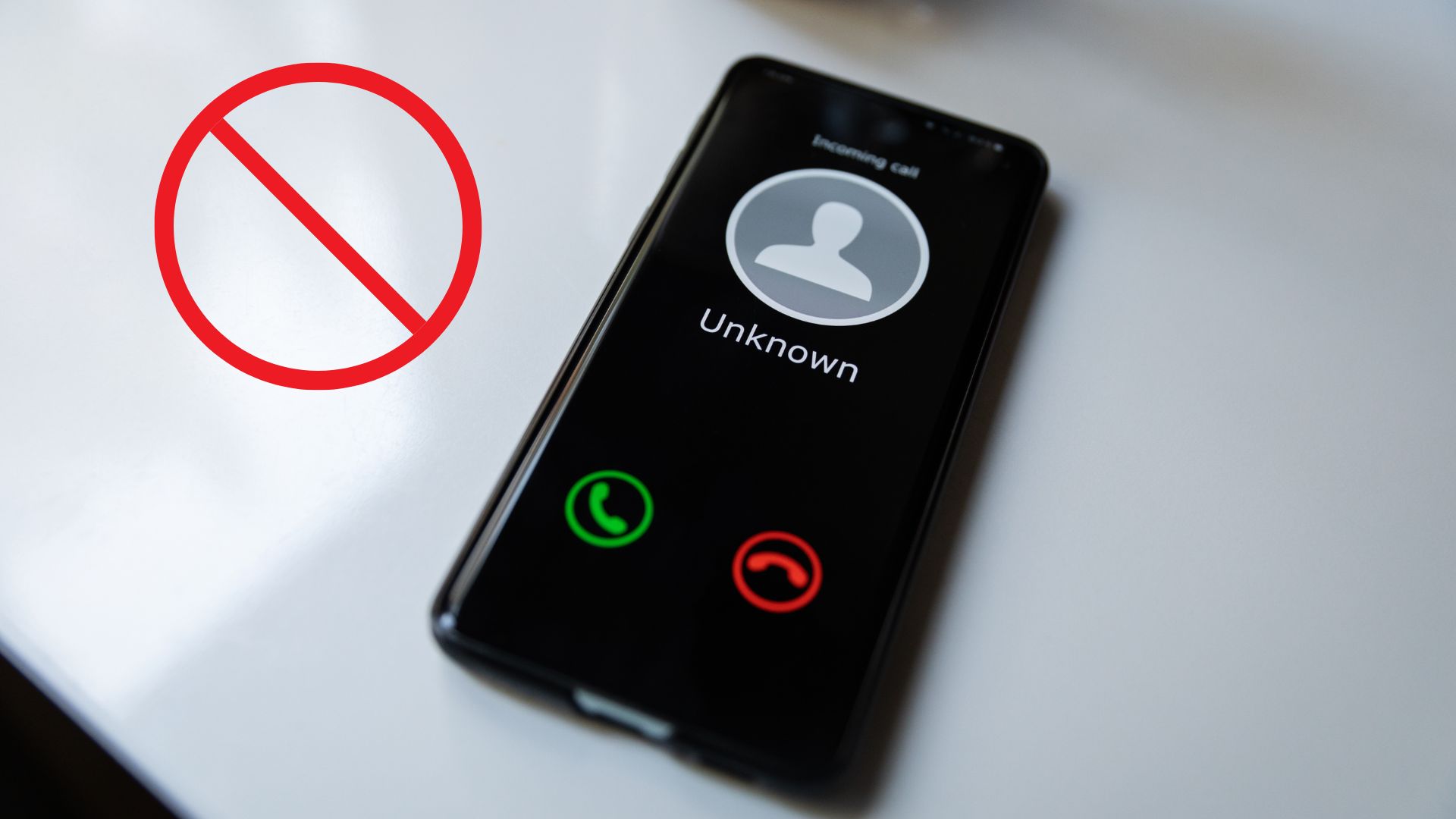Introduction
Why Would A Feature Phone Be Charged Line Access?
In the fast-paced world of technology, smartphones have become ubiquitous, offering a multitude of features and capabilities that have revolutionized the way we communicate, work, and entertain ourselves. However, despite the dominance of smartphones, there is still a place for feature phones in the market. These basic mobile devices, also known as "dumb phones," are equipped with limited functionalities compared to their smarter counterparts. While the popularity of feature phones has waned in recent years, there are still instances where individuals opt to use these devices over smartphones.
The concept of line access charges is a topic that often raises questions among consumers, particularly when it comes to feature phones. Understanding why a feature phone might incur line access charges requires delving into the nature of these devices, the reasons individuals choose them, and the underlying principles of line access. By exploring these aspects, we can gain insight into the rationale behind charging line access for feature phones, shedding light on a frequently misunderstood aspect of mobile communication.
What is a Feature Phone?
A feature phone, also referred to as a basic phone or a dumb phone, is a mobile device that predates the widespread adoption of smartphones. Unlike smartphones, feature phones have limited capabilities and typically lack advanced functionalities such as touchscreens, app stores, and high-speed internet connectivity. These devices are designed primarily for voice calls and text messaging, offering basic utilities such as a calendar, calculator, and alarm clock. They often have physical keypads and small, non-touch displays.
Feature phones are characterized by their simplicity and reliability. They are renowned for their long battery life, often lasting several days on a single charge, unlike smartphones that require daily recharging. Additionally, feature phones are more durable and resistant to damage, making them ideal for individuals working in rugged environments or engaging in outdoor activities.
While feature phones lack the extensive capabilities of smartphones, they are favored by certain demographics for their ease of use and affordability. For individuals who prioritize basic communication and are not reliant on advanced smartphone features, feature phones present a practical and cost-effective option.
Why Would Someone Use a Feature Phone?
Despite the pervasive presence of smartphones in today’s society, there are compelling reasons why individuals opt to use feature phones. One of the primary motivations is simplicity. Feature phones offer a straightforward user experience, devoid of the complexities and distractions associated with smartphones. This appeals to individuals who seek uncomplicated communication tools without the overwhelming array of apps and notifications that characterize smartphones.
Affordability is another key factor driving the use of feature phones. These devices are significantly cheaper than smartphones, making them accessible to individuals with limited financial resources or those who simply prefer not to invest in expensive mobile technology. Moreover, the lower cost of feature phones translates to reduced financial risk in case of loss or damage, a consideration that resonates with many users.
For some individuals, the decision to use a feature phone is rooted in a desire to minimize screen time and digital distractions. In an era marked by smartphone addiction and information overload, feature phones offer a respite from the constant connectivity and the pressure to be constantly online. By embracing a simpler device, users can reclaim a sense of control over their digital habits and prioritize real-world interactions over virtual engagement.
Additionally, feature phones are favored by those who prioritize battery life and durability. The extended battery longevity of feature phones, coupled with their robust build quality, makes them appealing to individuals who value reliability and longevity in their mobile devices. Whether for outdoor enthusiasts, travelers, or individuals working in demanding environments, the durability and longevity of feature phones offer distinct advantages.
Ultimately, the decision to use a feature phone is a personal choice influenced by a variety of factors, including individual preferences, financial considerations, and lifestyle priorities. While smartphones dominate the market, feature phones continue to serve a niche audience seeking simplicity, affordability, and practicality in their mobile communication devices.
What is Line Access?
Line access, in the context of telecommunications, refers to the fee charged by wireless carriers for the use of a phone line or connection on their network. This fee is separate from the cost of the actual phone service or plan and is typically applied to each active line associated with a wireless account. Line access charges are prevalent in the mobile industry and are a standard component of wireless service billing.
Wireless carriers impose line access fees to cover the operational and maintenance costs associated with providing and maintaining a reliable network infrastructure. These expenses include the upkeep of cell towers, network equipment, and the overall infrastructure necessary to deliver seamless connectivity to subscribers. Additionally, line access fees contribute to the ongoing investments in network expansion, upgrades, and technological advancements aimed at enhancing the overall quality and coverage of wireless services.
Line access charges are often itemized on wireless bills, clearly delineating the cost associated with each active line on an account. These charges may vary depending on the wireless carrier and the specific service plan. In some cases, carriers offer discounted or waived line access fees for additional lines added to a family or group plan, incentivizing customers to expand their wireless services within a single account.
It is important to note that line access fees are distinct from the costs of voice, text, and data services included in a wireless plan. While the latter pertains to the actual usage of the wireless network, line access charges are fixed fees associated with maintaining an active connection to the carrier’s network, regardless of usage levels. As such, line access fees are a fundamental aspect of wireless service billing and play a crucial role in sustaining the infrastructure that underpins modern mobile communication.
Why Would a Feature Phone Be Charged Line Access?
Despite their basic functionality and limited capabilities, feature phones are subject to line access charges by wireless carriers. This practice may seem counterintuitive, given the disparity in features between feature phones and smartphones. However, several factors contribute to the rationale behind charging line access for feature phones.
First and foremost, wireless carriers incur operational costs to maintain the infrastructure necessary to support all devices connected to their network, regardless of the device type. This includes the maintenance of cell towers, network equipment, and the overall wireless infrastructure. As such, the provision of a reliable and extensive network that accommodates feature phones necessitates substantial investments by carriers, just as it does for smartphones and other advanced devices.
Moreover, line access charges contribute to the ongoing development and enhancement of wireless networks, ensuring that all connected devices, including feature phones, receive consistent and reliable connectivity. The fees collected from line access charges are channeled into network expansion, technological upgrades, and maintenance efforts aimed at improving the overall quality and coverage of wireless services. This benefits feature phone users by providing them with a dependable and resilient network that meets their communication needs.
Additionally, the application of line access charges to feature phones aligns with the fundamental principles of wireless service billing. These charges are a standard component of wireless service plans and are applied to each active line on an account, irrespective of the type of device associated with that line. From a billing perspective, the provision of a phone line and the associated connectivity services is a fundamental offering of wireless carriers, and line access charges reflect the cost of maintaining and providing this essential service.
Furthermore, the inclusion of feature phones in line access fee structures ensures equitable treatment of all devices accessing the carrier’s network. By applying line access charges universally across all connected devices, carriers uphold a consistent and fair approach to billing, irrespective of the device’s capabilities or features. This practice also supports the ongoing sustainability and development of wireless infrastructure, benefitting all users, regardless of their choice of mobile device.
In essence, the imposition of line access charges on feature phones is rooted in the operational and maintenance costs incurred by wireless carriers to provide and sustain a robust network. By contributing to the upkeep and expansion of wireless infrastructure, these charges support the provision of reliable and comprehensive connectivity, benefiting feature phone users and smartphone users alike.
Conclusion
The charging of line access fees for feature phones underscores the intricate dynamics of wireless service provisioning and billing. While feature phones offer limited functionalities compared to smartphones, they remain an integral part of the mobile communication landscape, catering to individuals who prioritize simplicity, affordability, and reliability in their devices. The imposition of line access charges on feature phones is rooted in the operational and maintenance costs incurred by wireless carriers to sustain a robust and expansive network infrastructure that accommodates all connected devices, regardless of their capabilities.
Feature phones, with their enduring battery life, durability, and uncomplicated user experience, continue to serve a niche audience seeking practical and reliable communication tools. The application of line access charges to these devices aligns with the fundamental principles of wireless service billing, ensuring that the costs associated with maintaining a comprehensive network are distributed equitably among all users. Moreover, the fees collected from line access charges contribute to the ongoing development and enhancement of wireless networks, benefiting feature phone users by providing them with dependable connectivity and network coverage.
As the mobile landscape continues to evolve, with smartphones dominating the market, it is essential to recognize the enduring relevance of feature phones and the considerations that underpin their treatment within the wireless ecosystem. The charging of line access fees for feature phones reflects the intricate interplay between operational costs, network sustainability, and equitable billing practices, ultimately supporting the provision of reliable and accessible mobile communication for users across diverse preferences and requirements.







